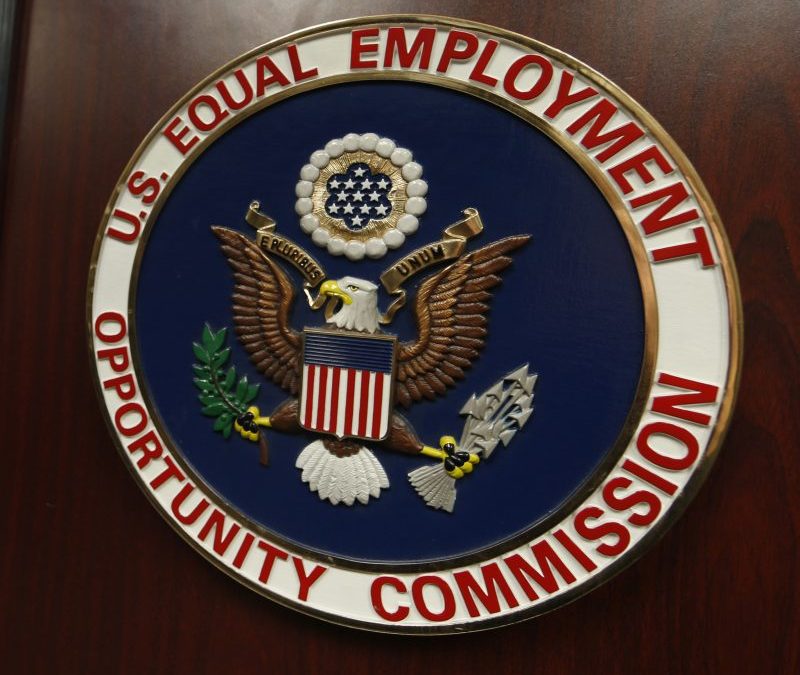
New Federal Guidelines Revolutionize Workplace Protection for Gender Identity!
We delve straight into the heart of a topic that is gaining importance across every dimension of society – gender identity and its value in the contemporary workplace. The United States Federal Government recently updated federal workplace guidelines to provide protection to employees against discrimination based on gender identity. This milestone revelation is seen as a significant step towards fostering a more inclusive, diverse, and harmonious work environment.
Understanding gender identity necessitates distinguishing between sex assigned at birth and gender itself. The latter is a complex, multifaceted construct that goes beyond biological determinants to encompass an individual’s deeply held understanding of their gender, which may be male, female, a blend of both, or even neither. Variations exist and are valid, hence the significance of recently updated federal workplace guidelines.
This move is an embodiment of a broader trend toward inclusion and social justice, underpinned by the continued struggle for the rights of transgender and non-binary people. This transformative guideline portrays the Federal Government’s recognition of the complex dynamics surrounding gender identity and its intent to castigate any form of discrimination.
The implications of these guidelines are extensive, influencing hiring, firing, job assignments, promotions, benefits, training, and workplace treatment. Underneath these guidelines, employers are expected to use an individual’s preferred name and pronouns, provide equal access to restrooms or changing rooms according to individual’s identified gender, and ensure dress codes do not restrict employees’ expression of their gender identity.
The reforms are essentially aimed to discourage employers from making detrimental decisions based on an employee’s gender identity, thereby promoting fairness and respect in the workplace. For example, in many working environments, dress codes have been traditionally gender-specific. Now, these updated guidelines mandate workplaces to allow employees to adhere to dress codes that align with their identified gender.
Furthermore, the guidelines explicitly addresses harassment based on gender identity, making it blatantly clear that such a behavior is strictly unacceptable. Harassment may include offensive remarks, slurs, or jokes about a person’s gender identity. The guidelines outline that employers must promptly and effectively address any suspected harassment and take immediate measures to prevent its recurrence.
The updated guidelines also provide a normalized structure for HR teams and managers to approach gender transitions in the workplace. The guidelines highlight the importance of consistent and respectful communication with employees undergoing gender transition, outlining necessary considerations to make this process smooth and supportive.
This is a significant stride towards workplace equality, and while it may present new challenges to employers, it shines a bright light on the changing tides of inclusivity.

